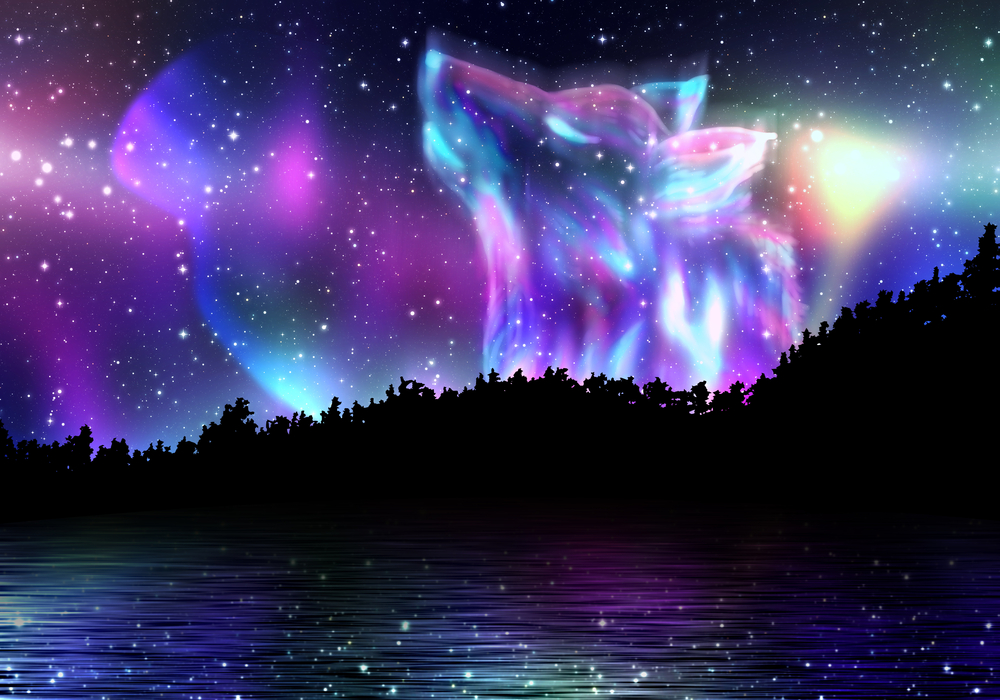
Has anyone ever told you, “You’re my spirit animal?” Perhaps you’ve heard that said about someone else. You may have even been asked about this as part of a job interview or an icebreaker. In common usage, the term is positive and complimentary, often uttered when someone finds a person to be inspirational, aspirational and relatable. Some people might refer to a certain creature as a spirit animal because they identify with personality traits, such as the wisdom of an owl or the cunning of a fox. Is this usage of “spirit animals” correct and appropriate? Let’s find out.
Examining the Origins
The term “spirit animal” originated with indigenous peoples in the Americas. You may be familiar with the idea of a totem pole, a carved pole shaped to look like animals, people, or spiritual beings. A totem can be a spirit, symbol, or sacred object that represents a tribe, clan, or lineage. The word “totem” is an Anglicization of the Ojibwe word doodem. These totems are revered, usually offering guidance, aid, or protection to individuals, clans, and nations. While totems are specific to Native American cultures, similar concepts can be found in other cultures around the world.
Taking a Closer Look
A spirit animal can best be thought of as an ally or guide in the form of an animal that serves as a teacher, helper, or messenger. In indigenous cultures, spirituality is centered around a connection between an individual and the surrounding environment. This spiritual guide deepens this connection by providing enlightenment about the individual and lessons involving their surroundings. According to tradition, a person doesn’t choose a spirit animal but vice versa. This spiritual ally provides “healing” or “medicine” that guides, protects, strengthens, or imparts wisdom. A person can have more than one of these guides, with several of them coming in and going out over the span of a lifetime.
Finding Spirit Animals
To adherents of indigenous faiths, a spirit animal may be found or discerned by considering the following:
- Having a favorite animal that you can’t help but feel drawn to
- Noticing that a particular creature shows up repeatedly in your life symbolically, physically, or in dreams
- Feeling fascination or fright toward a certain animal
If there’s an animal that consistently shows up in the above ways, that may be a spirit ally or guide that’s trying to convey a spiritual message or provide some spiritual truth. Activities such as journaling, reflection, and meditation are believed to help reveal this spirit animal and its significance to one’s identity and path in life.
Misappropriating Spirit Animals
Considering that spirit animals hold deep spiritual significance to Native Americans, everyday use of the term for concepts and ideas that don’t apply is cultural misappropriation. Referring to someone you know or something you like as such can be viewed as offensive and disrespectful to the term’s origins, especially given its connection to one’s sense of self, lineage, purpose and other spiritual truths.
In places like the United States and Canada, where many global influences and customs intersect and collide, it’s not uncommon for something specific to a particular culture to be borrowed, adapted, and applied in ways that are far removed from its roots. An honest assessment of the historical treatment of various indigenous tribes should inspire us to be careful and intentional about respecting their customs. Misuse of the term can also be considered erasure of a group that has been marginalized over the past few centuries.
Now that we have a better understanding of what a spirit animal is and isn’t, we should use the right words to express our feelings about others. Another person might be your soulmate, super relatable friend, or even a kindred soul. You might even consider that person to be a guiding light, but not a spirit animal.

